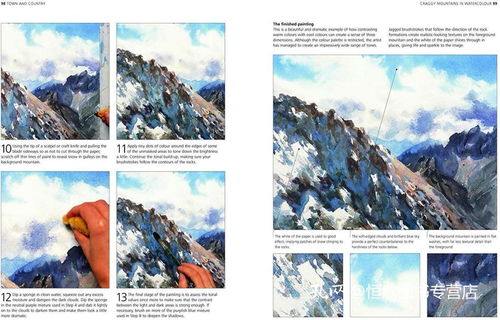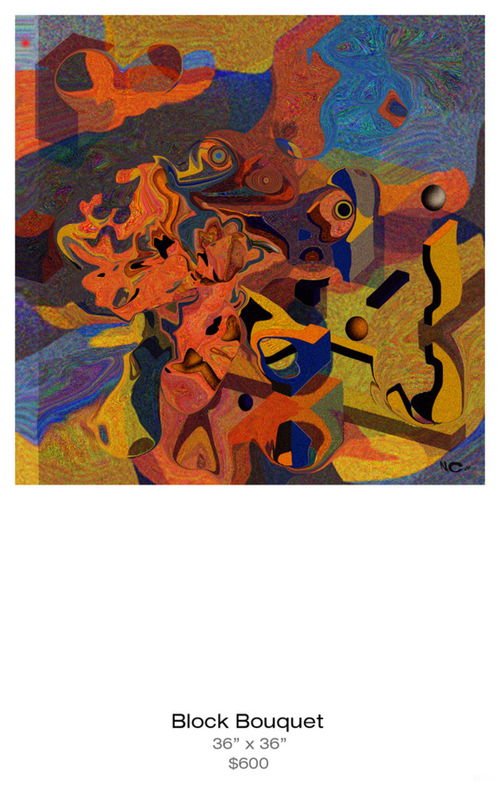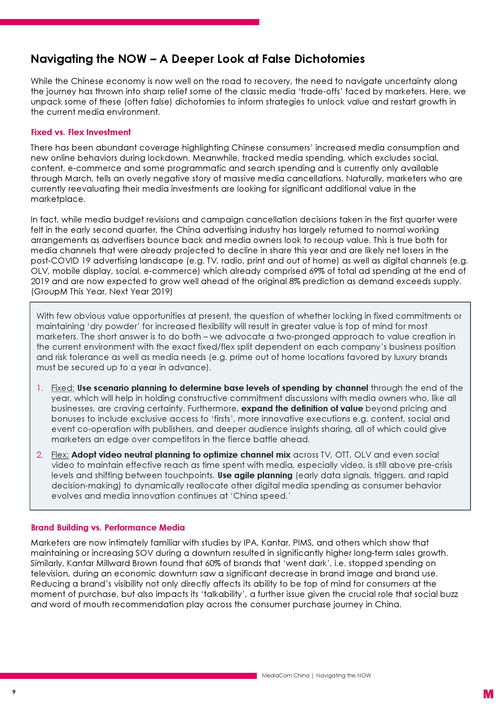"Mastering the Art of Angling: Expert Tips and Shareable Tactics for Anglers of All Levels"
Article Content:
In the serene world of angling, there's an art to the craft that can turn a casual hobby into a cherished pastime. Whether you're a seasoned angler or a beginner eager to cast your line into the unknown, mastering the技巧 of fishing can elevate your experience on the water. In this article, we delve into the intricacies of fishing techniques, shareable tips, and how to craft compelling content to share your passion with others.
Understanding the Basics:

Before we dive into the advanced techniques, it's crucial to understand the basics. The first step in becoming a skilled angler is to familiarize yourself with the different types of fishing rods, reels, lines, and baits. Each piece of equipment serves a specific purpose and knowing how to use them effectively can make all the difference.
- Choosing the Right Equipment:
- Rod and Reel: The rod should match the type of fish you're targeting. For example, a lightweight rod is ideal for catching smaller fish, while a heavier rod is better for larger species.
- Line: Monofilament, fluorocarbon, and braided lines each have their advantages. Monofilament is flexible and floats well, fluorocarbon is nearly invisible to fish, and braided line is incredibly strong and durable.
- Bait and Lures: Understand the natural prey of the fish you're targeting. Live bait can be effective, but artificial lures can mimic fish's natural movements and are often more versatile.
Advanced Techniques:
Once you've got the basics down, it's time to explore more advanced fishing techniques that can help you catch more fish.
Timing and Tides:
Fish are more active during certain times of the day and when the tide is right. Understanding the ebb and flow of the tides and the best times to fish can significantly increase your chances of success.
Reading the Water:
Pay attention to the water's surface. Ripples, waves, and bubbles can indicate fish activity. Additionally, look for structures like rocks, logs, and weeds that fish often use as cover.
Presenting Your Bait:
The way you present your bait or lure can make a big difference. Slow, steady retrieves can entice fish, while faster, erratic movements can mimic struggling prey.
Adjusting Techniques Based on Conditions:
Wind, weather, and water temperature can all affect fish behavior. Be prepared to adjust your techniques accordingly.
Sharing Your Experience:
Once you've honed your skills, you might want to share your knowledge and experiences with others. Here's how to craft engaging content that will resonate with fellow anglers.
Creating a Narrative:
Start with a compelling story. Whether it's about your first big catch or a challenging day on the water, a good story will draw readers in.
Incorporating Visuals:
Use high-quality photos and videos to illustrate your points. Show off your fishing spot, the fish you caught, and the equipment you used.
Providing Useful Information:
Offer practical tips and advice that readers can apply to their own fishing experiences. This could include gear recommendations, knot tying techniques, or how to read fish behavior.
Encouraging Interaction:
End your content with a call to action, inviting readers to share their own stories or tips. This can foster a community and make your content more engaging.
Conclusion:
Fishing is not just about catching fish; it's about the journey, the tranquility, and the connection with nature. By mastering the技巧 of fishing and sharing your knowledge, you can inspire others to embrace this wonderful hobby. Whether you're writing a blog post, creating a video series, or contributing to online forums, your passion for angling can become a beacon for others looking to improve their skills and enjoy the great outdoors.
Remember, the best anglers are often the most observant and adaptable. Keep learning, keep exploring, and keep sharing your experiences. Happy fishing!












